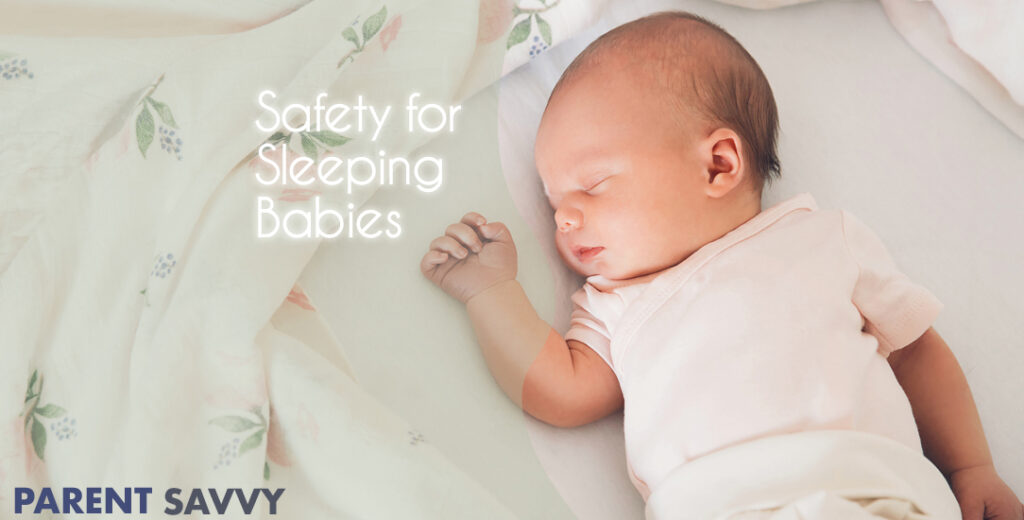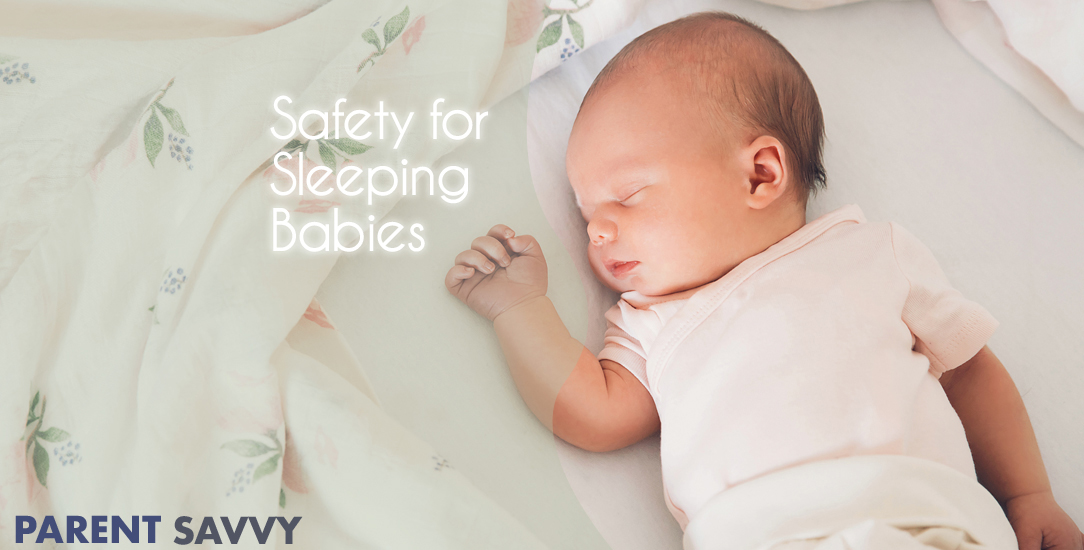
Keeping Sleeping Babies Safe: Evidence-Based Guidelines
Every year in the United States, approximately 3,500-3,700 infants die from sleep-related causes, including Sudden Infant Death Syndrome (SIDS) and accidental suffocation. After a substantial decline in sleep-related deaths in the 1990s, the overall death rate has remained stagnant since 2000, and disparities persist.[1] Creating a safe sleep environment is crucial for reducing these risks.
The ABCs of Safe Sleep
The American Academy of Pediatrics (AAP) recommends following these core safe sleep practices:
A – Alone
Babies should sleep alone in their own sleep space with no other people.[2] Room-sharing with parents is recommended, but not bed-sharing, as this decreases the risk of SIDS by as much as 50 percent.[3]
B – Back
Always place infants on their backs for sleep, both for naps and at night.[2] Babies who sleep on their backs are much less likely to die of SIDS than babies who sleep on their sides or stomachs.[4]
C – Crib
Use a crib, bassinet, or portable play yard with a firm, flat mattress and fitted sheet.[2] The crib should be bare, avoiding use of soft bedding, including crib bumpers, blankets, pillows, and soft toys.[3]
Additional Safe Sleep Recommendations
Temperature and Clothing
Dressing the infant with layers of clothing is preferable to blankets to keep them warm while reducing risks.[1] Watch for signs of overheating such as sweating or if the baby’s chest feels hot. Wearable blankets or sleep sacks are safer alternatives to loose blankets.
Pacifiers
Offering a pacifier at nap time and bedtime is recommended to reduce the risk of SIDS. For breastfed infants, delay pacifier introduction until breastfeeding is firmly established.[1]
Breastfeeding
Feeding your baby only breastmilk for the first 6 months provides the greatest protection from Sudden Infant Death Syndrome (SIDS).[5] The AAP recommends breastfeeding as a protective measure against SIDS.
Avoid Commercial Sleep Products
Avoid using commercial devices that are inconsistent with safe sleep recommendations, particularly those claiming to reduce the risk of SIDS or other sleep-related deaths.[1] Examples include sleep wedges, positioners, and inclined sleepers.
Swaddling
If swaddling your baby, ensure they remain on their back and discontinue swaddling once they show signs of trying to roll over, typically around 2-3 months of age.
Immunizations
Vaccines help babies stay healthy, which may protect them from SIDS.[5] Follow the recommended vaccination schedule from your pediatrician.
- ↩ ↩ ↩ ↩ American Academy of Pediatrics. “Sleep-Related Infant Deaths: Updated 2022 Recommendations.” June 2022. https://publications.aap.org/pediatrics/article/150/1/e2022057990/188304/Sleep-Related-Infant-Deaths-Updated-2022
- ↩ ↩ ↩ American Academy of Pediatrics. “Safe Sleep.” https://www.aap.org/en/patient-care/safe-sleep/
- ↩ ↩ Safe Sleep Missouri. “American Academy of Pediatrics Recommendations.” https://safesleep.mo.gov/american-academy-of-pediatrics-recommendations/
- ↩ CDC. “Helping Babies Sleep Safely.” December 2024. https://www.cdc.gov/reproductive-health/features/babies-sleep.html
- ↩ ↩ Texas DSHS. “Safe Sleep Recommendations.” https://www.dshs.texas.gov/maternal-child-health/healthy-texas-mothers-babies/moms-to-be/safe-infant-sleep/safe-sleep-recommendations
